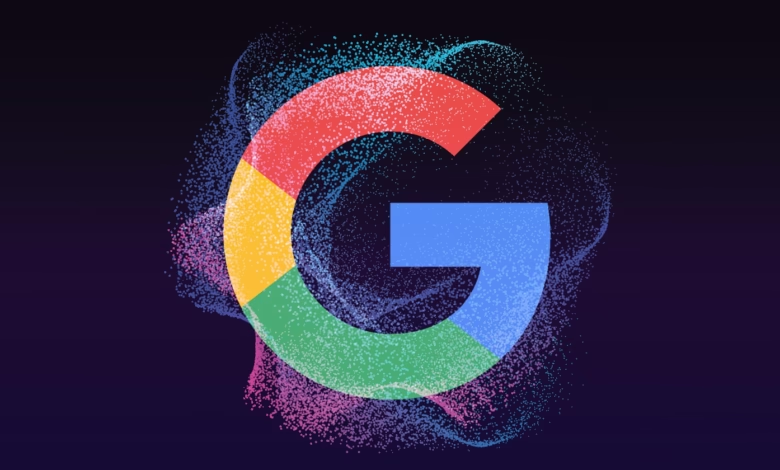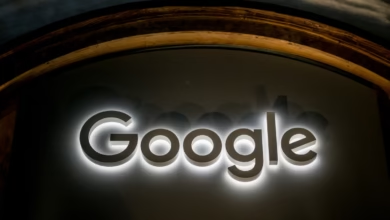Google’s New AI Model Detects Spam 40x More Effectively

▼ Summary
– Google introduced a Graph Foundation Model (GFM) that generalizes to unseen graphs, improving precision by 3x–40x over previous methods, with successful tests in spam detection for ads.
– Unlike Graph Neural Networks (GNNs), which require retraining for new graphs, GFMs can generalize across different graphs without additional training.
– GFMs transform relational tables into a single graph, where rows become nodes and foreign keys become edges, enabling scalable and straightforward data processing.
– Google tested GFMs in Google Ads for spam detection, achieving significant performance gains by leveraging connections between unrelated graphs.
– The announcement presents GFMs as a success with potential for further improvement through scaling, diverse training data, and deeper theoretical understanding.
Google has unveiled a groundbreaking AI model capable of detecting spam with unprecedented accuracy, outperforming existing methods by up to 40 times. This innovation, called the Graph Foundation Model (GFM), represents a major leap in machine learning by generalizing across diverse datasets without requiring retraining. Unlike traditional approaches, GFM excels at uncovering hidden patterns in interconnected data, making it a game-changer for applications like ad spam detection.
The technology builds on graph neural networks (GNNs), which analyze relationships between data points, such as links between web pages, to identify trends or anomalies. However, GNNs have a critical limitation: they only work on the specific graphs they were trained on. Google’s GFM overcomes this hurdle by adapting to entirely new graphs, eliminating the need for costly retraining.
How Graph Foundation Models Work
Google’s tests revealed staggering improvements, with precision gains ranging from 3x to 40x depending on the task. The model’s scalability makes it ideal for large-scale applications, from content moderation to fraud prevention. Notably, the company hasn’t released a detailed research paper, fueling speculation that it may be safeguarding this advancement as a competitive edge.
Real-World Applications
This breakthrough underscores Google’s commitment to pushing AI boundaries, offering a glimpse into a future where machines interpret relational data with human-like intuition. As the technology evolves, its impact on industries reliant on data analysis, from cybersecurity to e-commerce, could be transformative.
Featured Image: Shutterstock/SidorArt
(Source: Search Engine Journal)






